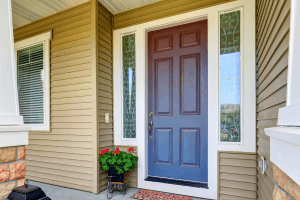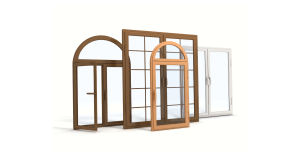Replacing your patio doors sounds like a simple DIY project. Most doors, after all, come in a standard size. You simply need to find a door that fits the opening, fix the hinges, and you have a new functional door.
It should be a straightforward, step-by-step process, yet it is not unusual for do-it-yourselfers to:
- Install their replacement patio doors in backward. This can compromise the security of your home.
- Install the door incorrectly. Modern doors feature new technology that improve insulation and energy efficiency. Poor installation can lead to unnecessary leakage that wastes this technology
- Accelerate door wear and tear. Poor installation can cause precipitation to settle in areas where it should drain easily, increasing the risk of rot and other damage.
- Destroy a new patio door. You could accidentally damage the door during installation by rough handling or by letting a glass door drop to the ground.
- Injure themselves during the installation. Many issues can arise including accidental cuts, slips and falls, and stepping on sharp tools.
To protect yourself and your investment, here are some things to avoid when replacing patio doors:
Not measuring
You need to take proper measurements to ensure a proper fit that does not allow heat to escape or let in cold air. But forcing a larger door into a small frame can damage the door and surrounding frame and walls. Make sure you use the right tools, such as measuring tape and a leveller for accuracy.
Using the wrong hardware
The basic tools for a patio door installation include a drill, a leveller, and a screwdriver. But there are other pieces of hardware to consider. For instance, using very small hinges and screws that can’t handle the load can cause the door to shift and sag. The lack of balance can strain the hinges, jambs, and door frame and cause the entire structure to weaken.
Not checking that the door jamb is flush with the door opening
Skipping this single step will cause you to face serious problems almost instantly. The jamb should be positioned flush against the walls around your door. If it sinks below the surrounding walls, you may need to use a jamb extender to ensure the right position. Conversely, you may need to plane it down if it protrudes too far. Make small adjustments to avoiding overdoing it, especially when planing.
Final note
You can skip the hassle by getting your patio doors replaced professionally. If you choose to do it yourself, make sure you follow the installation guidelines. Make sure you install the shims and hinges the right way and that the measurements and levelling are perfect.

